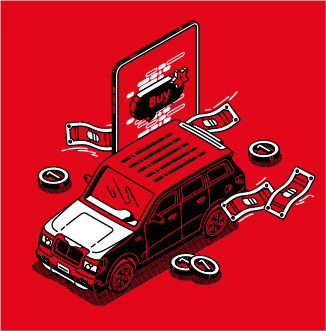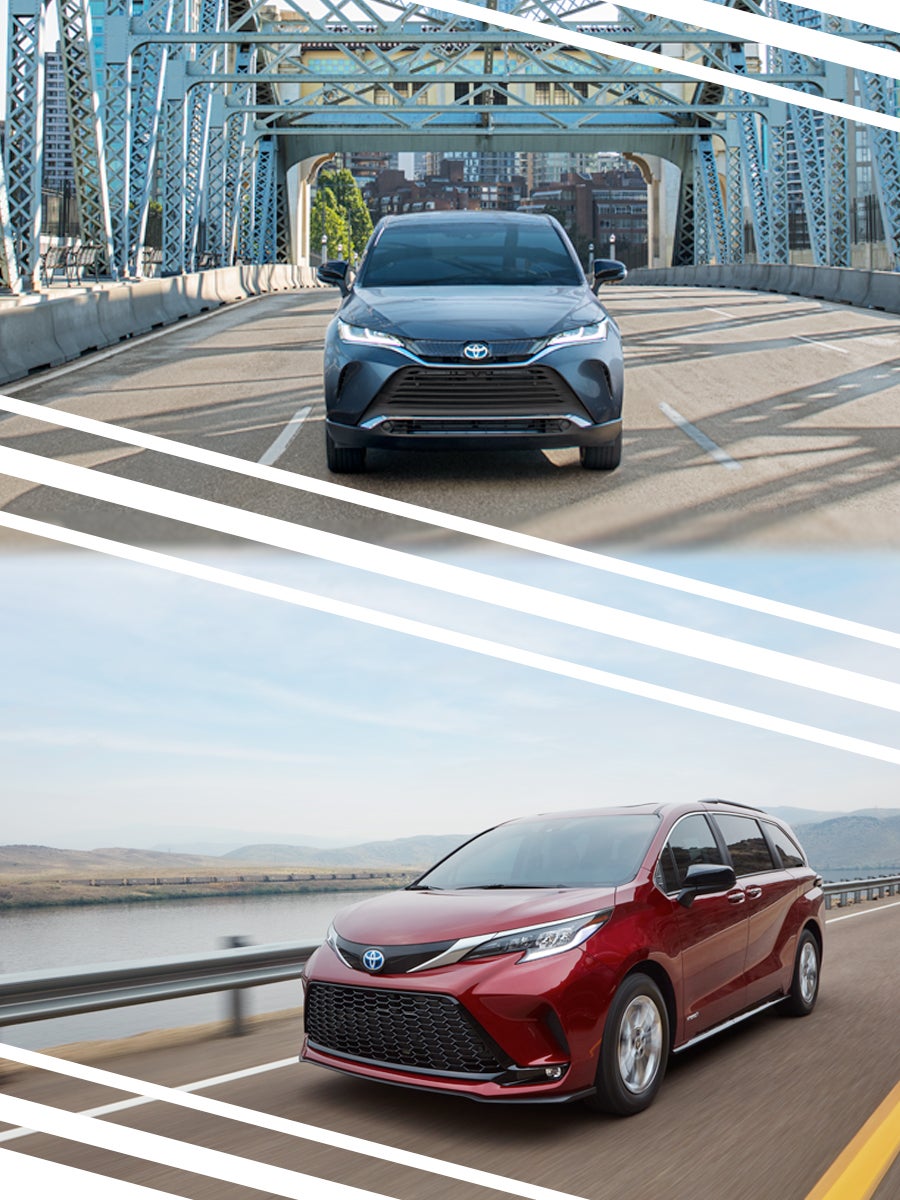What should you check when buying a used car?
When you’re buying a used car, you’re making a pretty big investment. Any vehicle purchase is a major decision, but a used car can come with added headaches. After all, this isn’t a car that just rolled out of the factory, backed by a lengthy warranty. And these days, used cars are not the great value deals they were in the past – they continue to rise in value, even for basic vehicles!
So make sure you avoid a lemon, and avoid ending up with a vehicle they don’t actually enjoy. By doing our recommended due diligence, you can avoid much of the potential headaches, whether you’re buying from a dealer or as a private sale!

Get a Vehicle History Reports
How many owners has the vehicle had? What are some of the odometer readings over the years? Have there been issues at previous inspections, or minor incidents and repairs? Was it in a flood, and visually restored afterwards? Has it ever been stolen, salvaged and rebuilt, or in a minor accident? Are there outstanding recall fixes?
Unless you are buying a single-owner car from the owner themselves, there’s no way to know for sure all this information is accurate by just asking. A one-stop-shop for the factual story of a vehicle, these vehicle history reports are great sources for buyers and sellers alike.
By using the vehicle identification number (VIN), national leaders like AutoCheck and CarFax offer comprehensive reports and track vehicle information over time. They’ve become ubiquitous, to the point that most dealers and private sellers will have them printed out before you even ask. We also recommend that you check out VINCheck, a service of the National Insurance Crime Bureau. service provides information as far as if the vehicle was ever reported as stolen or as a salvage vehicle. These are two factors that should be cause for concern, and for closer inspection – or for avoiding the vehicle altogether.

Physical Inspections |
Getting your hands – or the hands of a trusted mechanic – on the vehicle is massively important. You want to make sure to check areas of the vehicle that are crucial to daily use, from performance, to looks, to safety. Here are our recommendations: |
|---|---|
Safety First |
You’re paying for some of the most advanced safety features ever put in a vehicle – make sure they work! Perform thorough checks on everything from the standard ABS system to frontal collision warnings and automatic braking system, blind-spot monitoring, and automatic cruise control. Start with the vehicle manual - it can guide you through testing these high-priority systems! |
Under The Hood |
Take a look at what makes the vehicle move. The engine requires thorough checks –a good-looking car that is clean outside is worthless if it is unreliable on a day-to-day basis. Look for leaks under the engine bay, as well as on components inside the bay. Take a look at the oil for discolorations. Make sure the head gasket is intact and in good shape – a blown gasket can cause rough running and power loss, and is an expensive repair. Check hoses and belts - are they bright and clean, or are they dry, brittle, frayed, and cracked? |
Exterior Inspection |
Minor dings, dents, and scratches can be ignored if you choose, but the exterior can tell you a lot about a vehicle. Look for rust – small patches can be fixed easy, but areas where the metal is rusted all the way through are a concern. Are there misaligned panels or large gaps where there shouldn’t be any? This could be a sign of unreported accident damage. Major paint damage including clear coat peel, oxidation, and swirls are cause for concern, and could be a reason to negotiate price. Are the headlight and tail light lenses clear, or are there bulbs out and cloudy, fogged, or milky lenses? Is the glass chipped or cracked? These are all concerns to look for. |
Sitting Pretty |
Checking the stance of the vehicle, the suspension and tires, is also incredibly important. Make sure the vehicle is sitting level and there’s nothing hanging or dangling from the undercarriage. Walk around the car and give a push down on all corners to check the shocks. If they’re in good condition, they should cause the car or rebound once. If it doesn’t rebound - or goes up and down a few times – that’s a sign of a suspension issue. Finally, take a good look at tire condition and wear. Tire tread should be worn evenly. Excessive or uneven wear can indicate steering and alignment troubles. |
Take a Seat |
Get inside the vehicle and see if the interior is to your liking. Make sure the electronics function correctly, all the displays and touch screens work, and they can be paired/unpaired with your phone. Check for staining and wear and tear on the upholstery. See what your comfort level is – maybe you’re okay with minor repairs and cleaning, or maybe they are beyond your comfort area. This includes checking the vinyl or leather covering on the steering wheel, dash, and soft touch areas of the doors. Remember, you’ll be sitting in your new-to-you vehicle for potentially thousands of hours – you don’t want to feel gross or uncomfortable in it! |

What’s More Important - Years or Miles?
The average passenger vehicle racks up around 12,000 miles per year. You’ll want to go into your vehicle hunt with a sliding scale of what’s acceptable to you, and what you’re looking for. There’s no right answer here – it’s what fits you. Maybe you’re happy to take a vehicle with above-average mileage to make sure you get a newer vehicle with more features. Or maybe you’d rather have an older vehicle that has had fewer annual miles put on it.
That being said, there are concerns for years versus miles. If the mileage seems extraordinarily low, you should be concerned that some parts may not have workouts they have needed and have aged. Rubber parts can dry out, become brittle, and crack and peel if not used regularly. Check the belts and hoses, as well as tires and brakes. On the other side of the coin, high mileage increases wear and tear on mechanical components. Take a deep dive into the maintenance records of the vehicle to look for areas that could be a concern – perhaps the previous owner tried to stretch miles between oil changes more than they should have.
Get Behind the Wheel
Over 16% of consumers reported taking no test drives in their buying process. That’s roughly 1 in 6.
Getting behind the wheel for a drive will tell you what you really need to know about the vehicle you’re looking at. You’ll be driving this for years – does it steer like you want, ride comfortably, brake with confidence? Are there odd noises, and is the cabin noisy while driving? Does the car, truck, or SUV react to inputs as you want it to?

